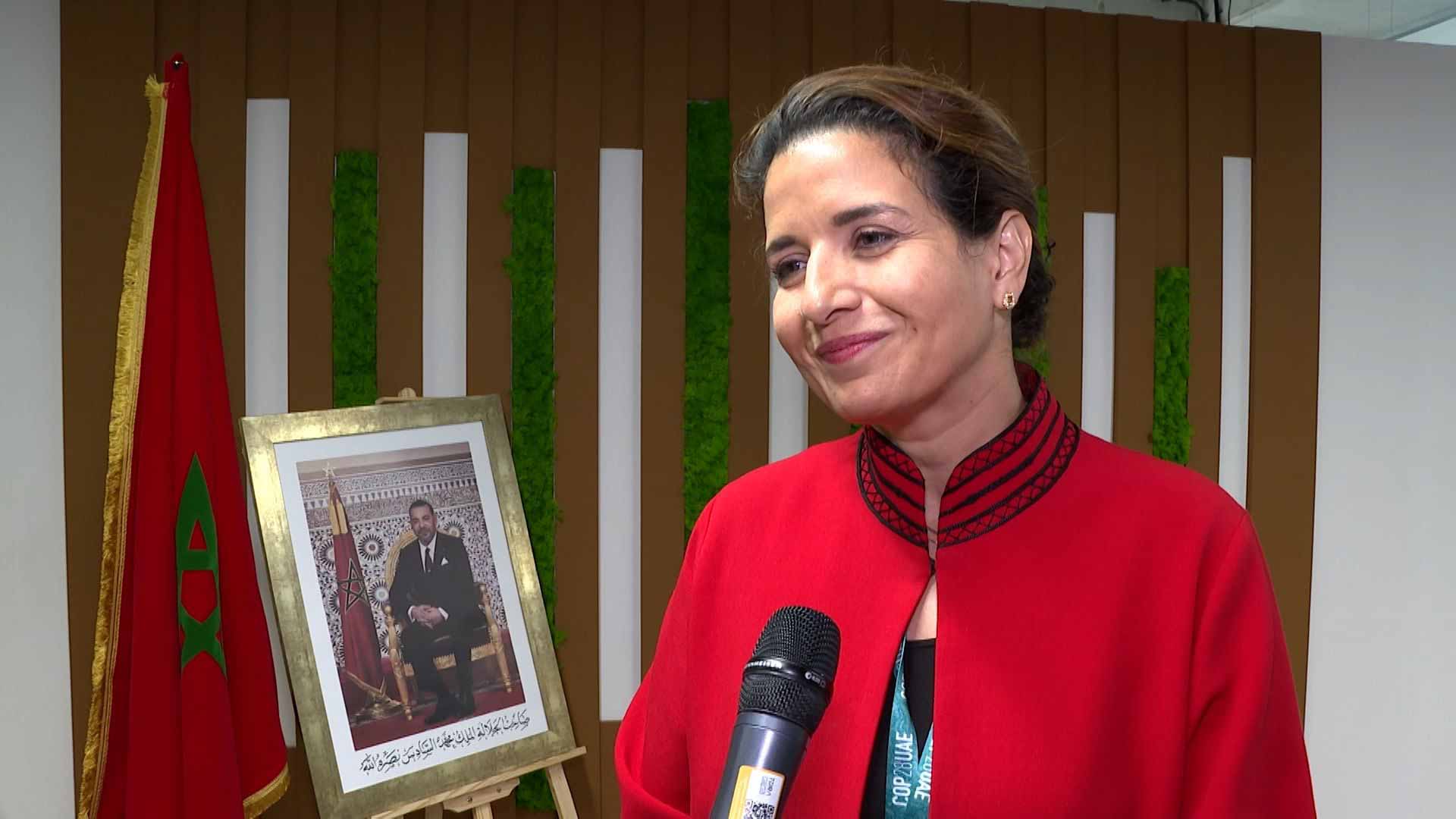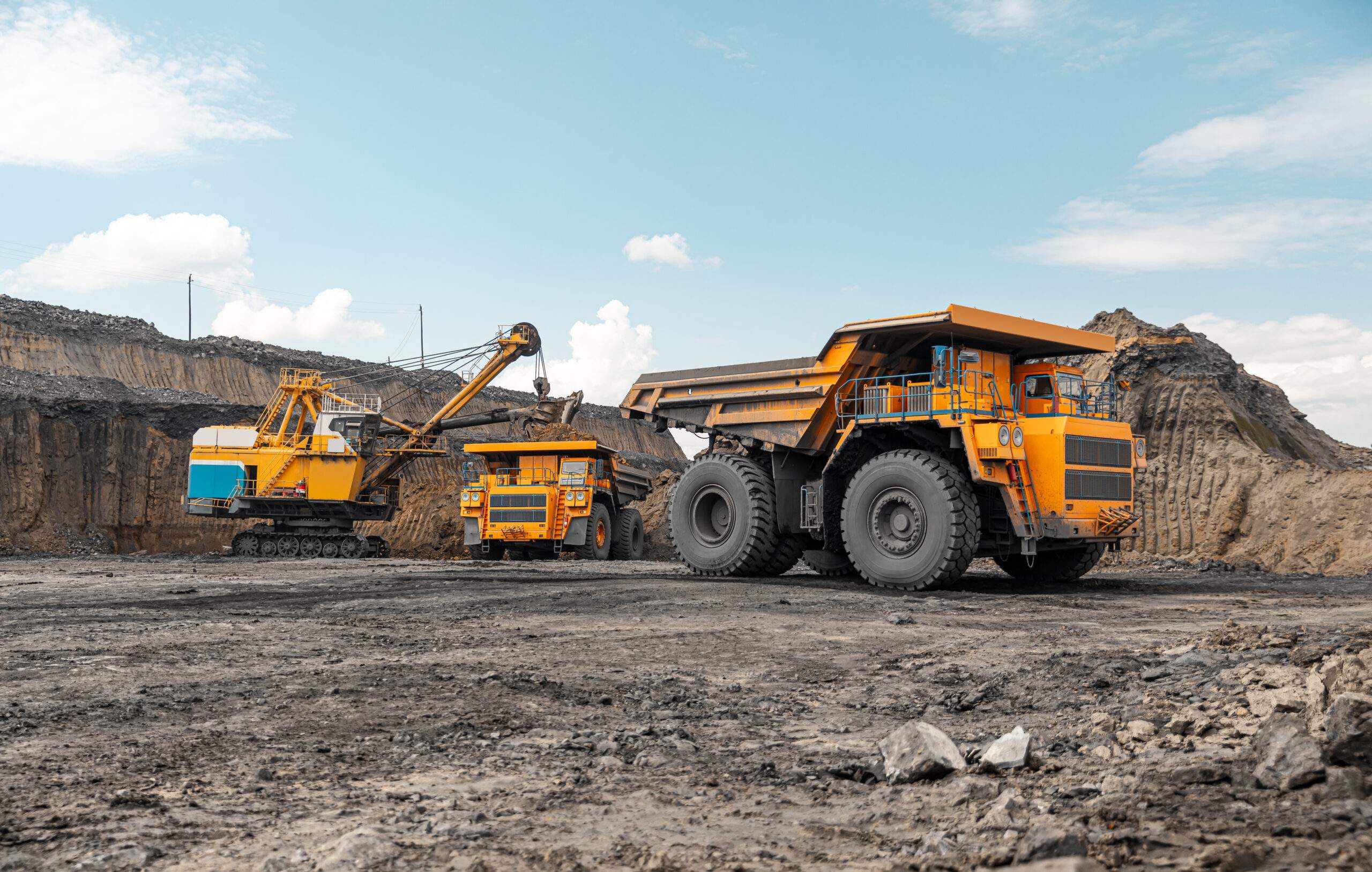Maximising the benefits of sensor-based ore sorting machines
Ore sorting has been shown to provide both economic and environmental benefits, but many mines are not yet fully utilising this technology, according to HPY Technology.
Yet, the company’s ore sorting machines are providing a breakthrough solution for Fankou, one of Asia’s largest lead and zinc mines, resulting in an annual revenue increase of around $9.22 million.
Located in Renhua County, Shaoguan City, Guangdong Province, Fankou is owned by Shenzhen Zhongjin Lingnan Nonfemet Co Ltd. The mine has been producing lead and zinc for over 60 years. However, with new underground mining processes, such as vertical crater retreat and large blasting, more waste rock is being introduced into the crushing, grinding and flotation processes, resulting in higher production costs and energy consumption.
Furthermore, under the “zero waste” target set by the Environmental Protection Law of China, Fankou’s tailings pond needs to be closed by 2025. As of 2018, the mine’s annual processing capacity was 1.5 Mt, with 600,000 t ending up in the tailings pond. In addition, Fankou’s waste rock piles had reached approximately 2 Mt. With the continuous addition of around 200,000 t/y of waste rock, these piles grew larger. With the pressure to meet the zero waste target, Fankou was under pressure to make a change.
In 2017, Fankou conducted exploratory tests of sensor-based ore sorting machines with Ganzhou HPY Technology Co Ltd. The result of the initial tests showed promise and addressed the problems the mine was beginning to face, according to HPY Technology. As a result, Fankou decided to add HPY Technology’s ore sorting machines to the industrial design plan of their mineral processing plant in 2018, and HPY Technology’s machines were officially added to the plant in 2019.
The Fankou lead-zinc mine currently produces about 1.4 Mt/y of ore, and it is expected that more than 105,000 t of waste rock will be pre-rejected from the raw ore throughout the year. Ore sorting technology can discard a large amount of waste rock from the raw ore before it is fed into the flotation system, reducing the amount of waste rock entering the mill and saving on electricity costs.
Fankou’s mineral processing plant uses four Classic Series P60-X1400 ore sorting machines. The machine processes the particle size range of +12-90 mm, which accounts for about 50% of the raw ore. This accounts for 2,600 t of ore, rejecting 400-500 t/d of waste rock. After pre-concentration, the lead and zinc content in the waste rock are below 0.3%, and the sulphur and iron content is below 3.8%. Therefore, the ore sorting process enriches the ore grade by 1.08% for lead and zinc and 2% for sulphur and iron.

After sorting the waste rock from the raw ore, this waste rock can be sold as construction aggregate to bring further economic benefits to the Fankou mine. This has also seen the amount of tailings decrease and the service life of the tailings pond extend significantly, resulting in remarkable energy savings and consumption performance, while also enhancing the mine’s societal value, HPY Technology says.
Mr Wang, Project Manager of Fankou Mineral Processing Plant, said: “We are proud to be one of the world’s first lead and zinc mines to utilise ore sorting fully. We see significant economic benefits for using HPY Technology’s ore sorting machine, especially for low-grade mines. China has huge lead and zinc ore reserves, the second largest in the world. But the grade of the deposits is generally low, with many poor and few rich ores. The average grade is about 1.5% for lead and 2.5% for zinc. Reserves with a grade below 5% account for more than 90% of lead ore, and reserves below 8% account for more than 85% of zinc ore. We hope to continue contributing to the mining industry’s progress and are willing to recommend HPY Technology’s ore sorting machine to our peers.”
The Classic Series used in Fankou’s mineral processing plant is a benchmark in the ore sorting industry, according to HPY Technology. This machine uses dual-energy X-ray technology, combined with high-speed air jets to sort ore from waste rock. The X-ray technology penetrates the ore and creates a grayscale image that distinguishes between target and vein minerals. This image is then processed by an artificial intelligence algorithm, which uses the information to accurately sort the ore and waste rock. The Classic Series has undergone numerous iterations, ensuring stable and efficient operation, HPY Technology says. It is currently the most widely used ore sorting machine in China’s mining industry, according to the company.
Share this content:














